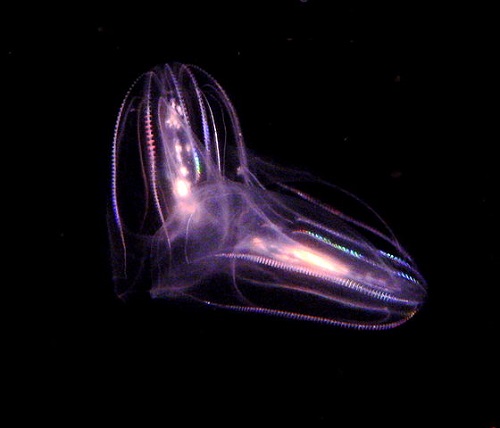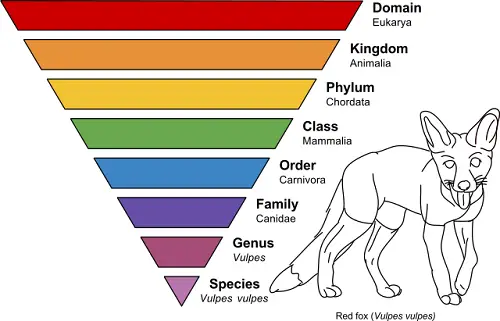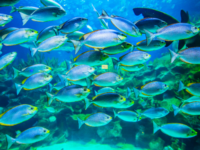Cnidarians are animals that belong to the Phylum Cnidaria. Members of this phylum include: hydras, jellyfish, sea pens, box jellies, corals, and sea anemones. Some people refer to them as plants, but they are actually animals who also eat and need food to survive. Â In terms of the cnidarians’ digestive system, experts and scientists usually refer to it as inefficient. Â This is mainly because of the single digestive cavity. Â cnidarians have only one sac for both intracellular and extracellular digestion. Â In simple terms, the digestive sac of cnidarians is the only area where food is being processed. Â This means that food that’s taken in may also be excreted out again along with the food items that are not digested. Â The whole process makes the digestive system of cnidarians incomplete and very primitive.
Despite the limitation in their digestive systems, though, cnidarians are still able to thrive in the world’s seas and oceans. Â Predation is usually the way to get food when it comes to these sea creatures. Â By means of tentacles and poisonous secretions, this animal specie is able to entangle other creatures and use them to get food and other particles. Â Through the enzymes that they produce, the cnidarians’ prey will be converted into slurry which will then be absorbed through their digestive tract. Â Once the nutrients and prey particles are in the digestive tract, these animals will then process what they need and expel other particles that are indigestible. Â In this simple way, cnidarians are able to survive even until today. Â Besides predation, though, some cnidarians also rely on absorbing whatever chemicals and nutrients are present in the water. Â They do this by filtering out what they need as food and absorbing any nutrients through their single digestive cavity. Â Some also get their food from the algae that grows in the various parts of their bodies including their tentacles.












Leave a Reply